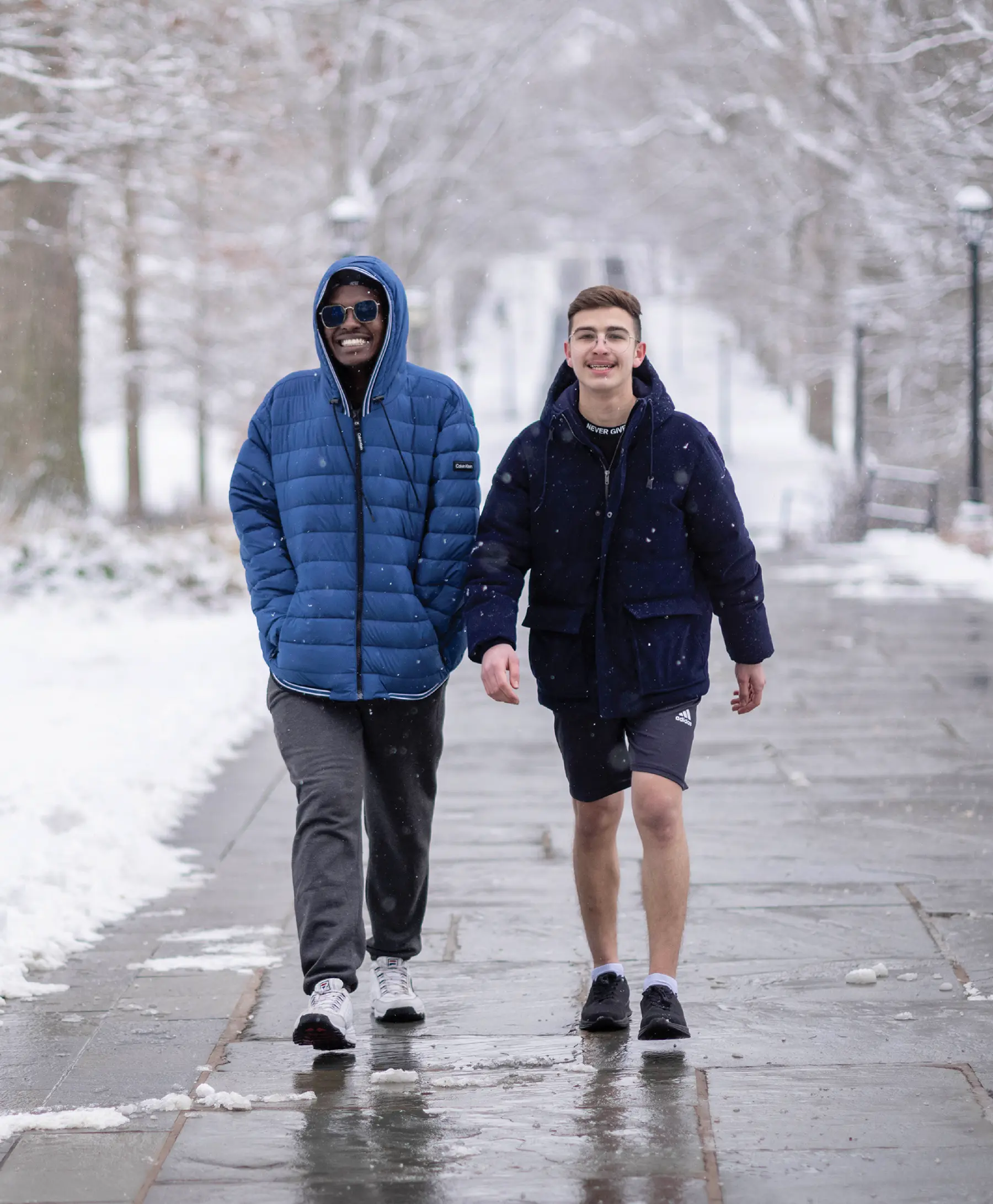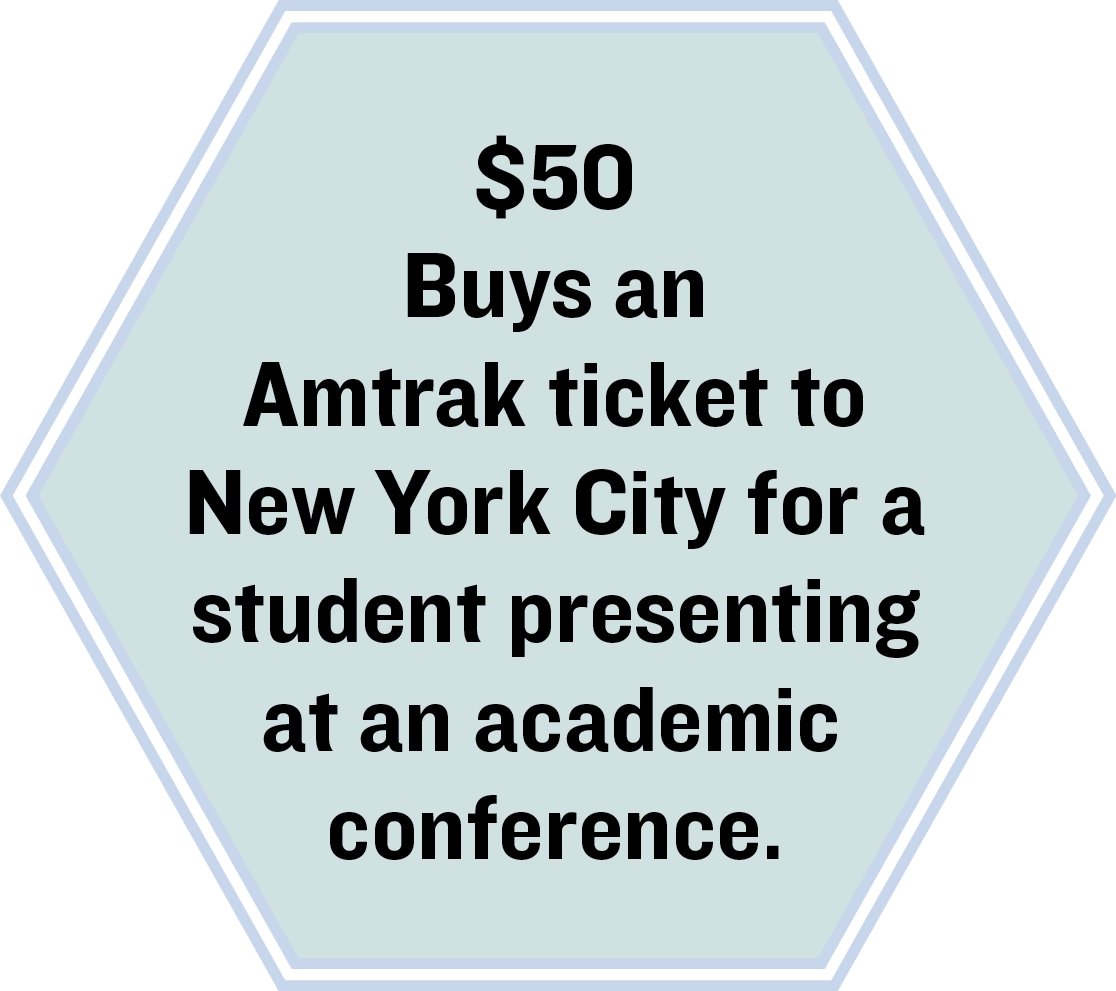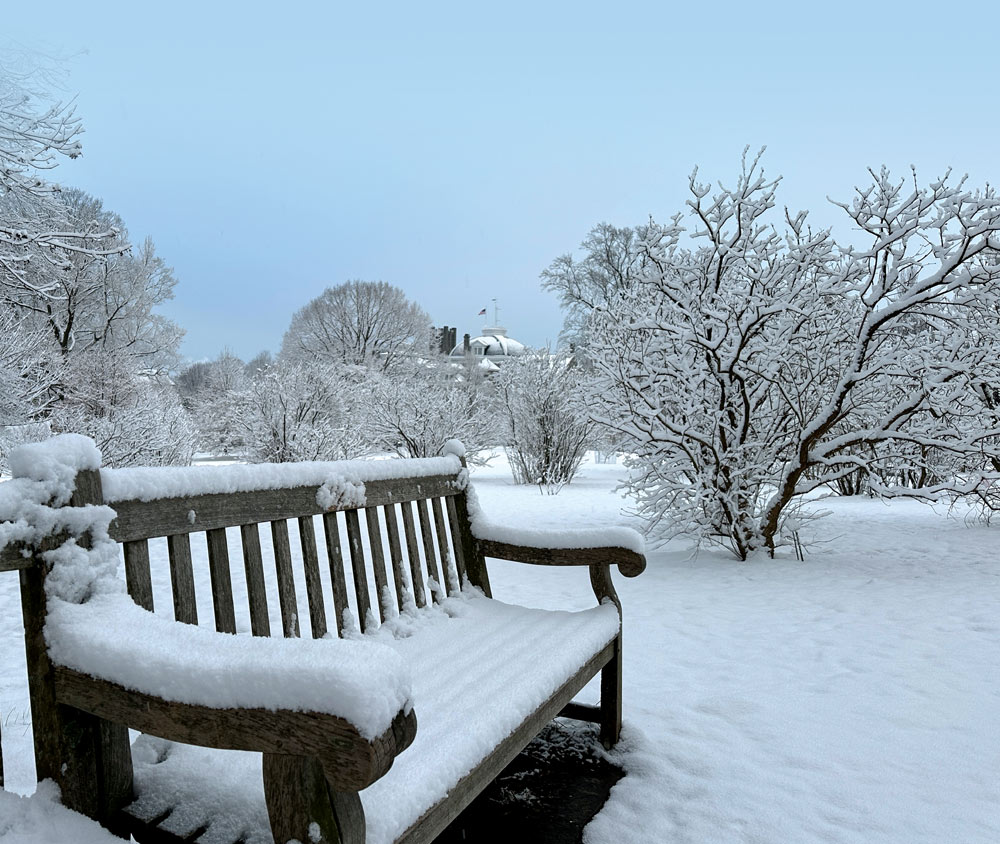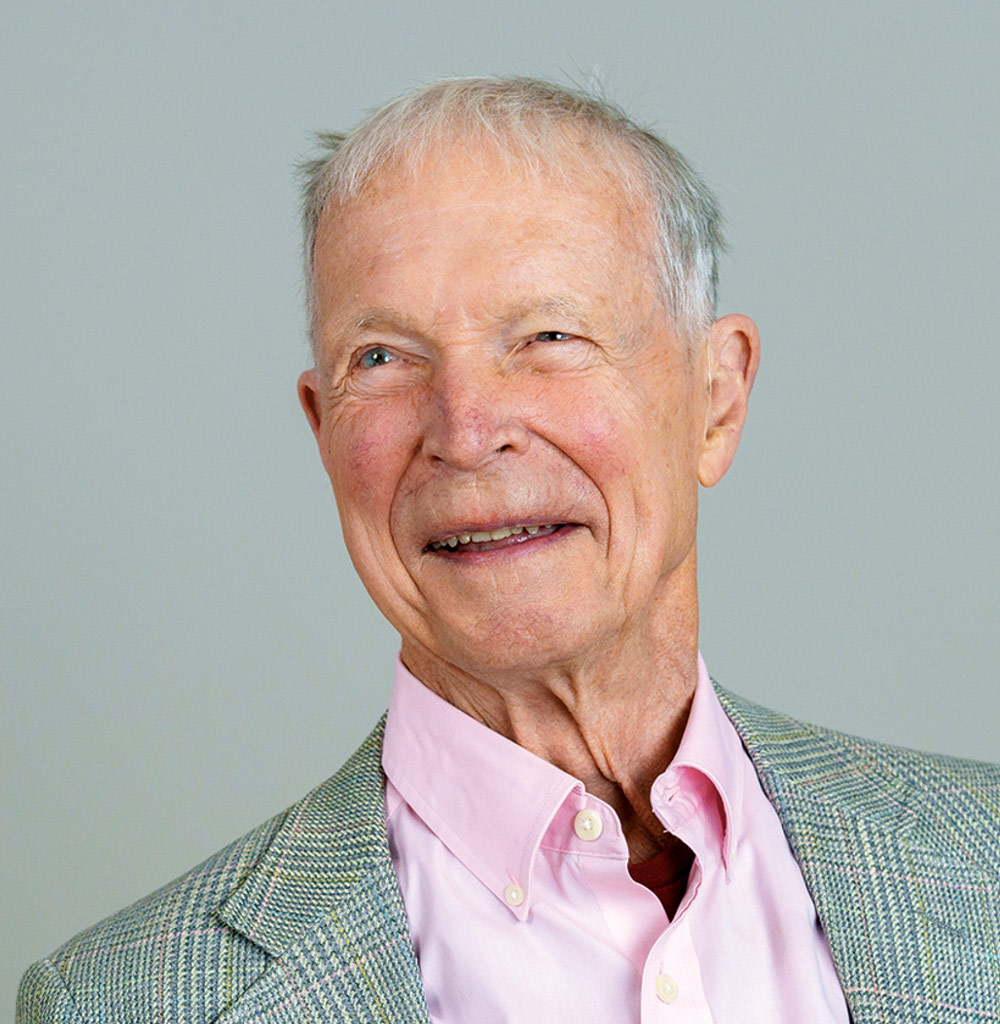Find the Chance for Games
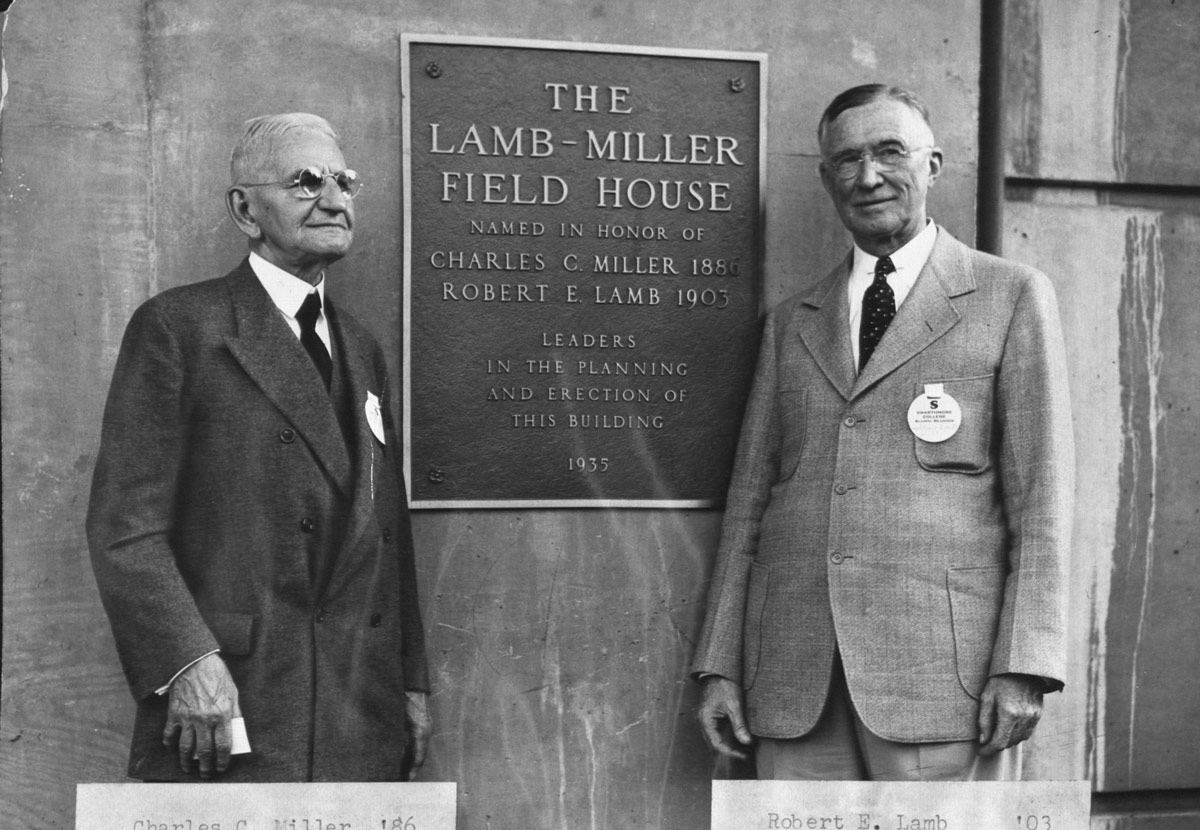
When the Lamb-Miller Field House was dedicated in 1936, Assistant Professor of English Townsend Scudder III wrote, “The Field House should contribute materially toward the present health … for each student who cares to avail himself, even in the most casual fashion, of its offerings.”
He added, “Where heretofore only certain privileged groups have had the floor, now all comers, in the winter, should find the chance for games and exercise.”
The Field House was built in 1935, with an interior length of 324 feet and width of 125 feet. Since then it has been used for competition or practice by most varsity, club, and intramural sports.
The Swarthmorean reported it was “notable architecturally because there are no central supports to obstruct the playing area,” allowing for multiple sports to be played at one time.
Robert E. Lamb, who designed the Field House, served on the executive committee of the Board of Managers after graduating from the College in 1903. Charles C. Miller, whom the building is also named for, remained actively involved with Swarthmore Athletics after graduating in 1886. For years, he was the only non-faculty member of the College’s Committee on Athletics.
The 50th anniversary of the Field House’s dedication in 1986 honored the men’s basketball team of 1936-1937, which was the first team to use the new facility.
The following year, the College lent use of its track facilities to the athletes of the Delaware County’s Special Olympics. One of them, George McDaniel, won the Special Olympics’ Athlete of the Year award in 1987. He had competed in the Delaware County and Pennsylvania State games, winning gold at the latter.
— NIA KING
Ted Chan ’02
Miriam Zoila Pérez ’06
A collage by artist Danny Allison of Swarthmore athletes and coaches celebrate a winning culture.
A Good Sport
campbell

Unsurprisingly, a chance for students to touch and connect with this regal, slightly aloof, visitor was not to be missed. They lined up. They waited for her arrival. They were not disappointed by Daisy’s detached acceptance.
The start of this new year brings the extreme and enormous challenges of a frenzied nation. Any fleeting moment to measure our humanity and connectedness is prized. Even petting a cow.
In this issue, we celebrate Nobel Prize winner John Hopfield ’54, H’92 for his discoveries in physics to “enable machine learning with artificial neural networks” in an article written by Phoenix Editor Katherine Kihiczak ’25 (pg. 48). Hopfield shares the prize with Geoffrey E. Hinton of the University of Toronto.
For more inspiration, read about Claire O’Brien ’18’s path to becoming a firefighter (pg. 42). And for a dash of time travel, learn how Assistant Professor of Theater Isaiah Matthew Wooden is cultivating creativity in the classroom (pg. 46).
In these pages we rally around a dramatic rise in the success of Swarthmore athletics. Sports, for student-athletes, offers a sense of purpose, instilling discipline as well as belonging. A team becomes family. Sports for the spectators (families, friends, and coaches who guide, cheer and, yes, sometimes console) offer a release from the magnitude of expectations of life off of the playing field.
The competitive nature of sports often demands more than what we think we are capable of achieving. Hall of Fame Athlete Travis Pollen ’12 explains this brilliantly in Navigation (pg. 8).
Many alumni who have made careers in athletics say Swarthmore gave them that early opportunity to think about the ways that sports create, build, and lift community. From analysts and coaches to firefighters and runners, we hope you enjoy the stories championing the competitive spirit of Swarthmore both on and off the field. Go Garnet!
swarthmore college bulletin
Andy Hirsch
Director of Content Strategy
Mark Anskis
Editor
Kate Campbell
Managing Editor
Ryan Dougherty
Editorial Specialist
Nia King
Class Notes Editor
Heidi Hormel
Designer
Phillip Stern ’84
Photographer
Laurence Kesterson
Administrative Coordinator
Lauren McAloon
Editor Emerita
Maralyn Orbison Gillespie ’49
Email: bulletin@swarthmore.edu
Telephone: 610-328-8533
We welcome letters on articles covered in the magazine. We reserve the right to edit letters for length, clarity, and style. Views expressed in this magazine do not necessarily reflect the opinions of the editors or the official views or policies of the College. Read the full letters policy at swarthmore.edu/bulletin.
Send letters and story ideas to
bulletin@swarthmore.edu
Send address changes to
records@swarthmore.edu
Printed with agri-based inks.
Please recycle after reading.
©2025 Swarthmore College.
Printed in USA.

On Our Radar

Passionate Readings
Professor Hoffman taught English literature at Swarthmore when I entered Swarthmore in 1962. His introduction to English literature was one of the most shattering wake-up calls to the life of the mind, which I experienced at Swarthmore.
His passionate readings of poetry shook my sensibilities to the core, and helped to establish my lifelong dedication to poetry, albeit Indo-Pakistani poetry in Hindi, Brij Bhasha, Sanskrit, Urdu, Maithili. Inspired by the unfamiliar sounds of poetry in other languages, I have danced and taught and choreographed poetry in the repertoire of classical north Indian Kathak dance for over 50 years. The glory of the sounds and meanings and worldviews of poetry in other languages was born in Professor Hoffman’s reciting a simple poem in Medieval English.
I still remember his first class in Introduction to English Literature. … Here was Daniel Hoffman passionately reciting and then talking about this medieval song. I have recited it multiple times since I first heard Professor Hoffman recite and explicate this medieval song in 1962. It echoes in my mind and heart.
—JANAKI (MARILYN “WENDY” HUGHES) PATRIK ’66, New York City, N.Y.
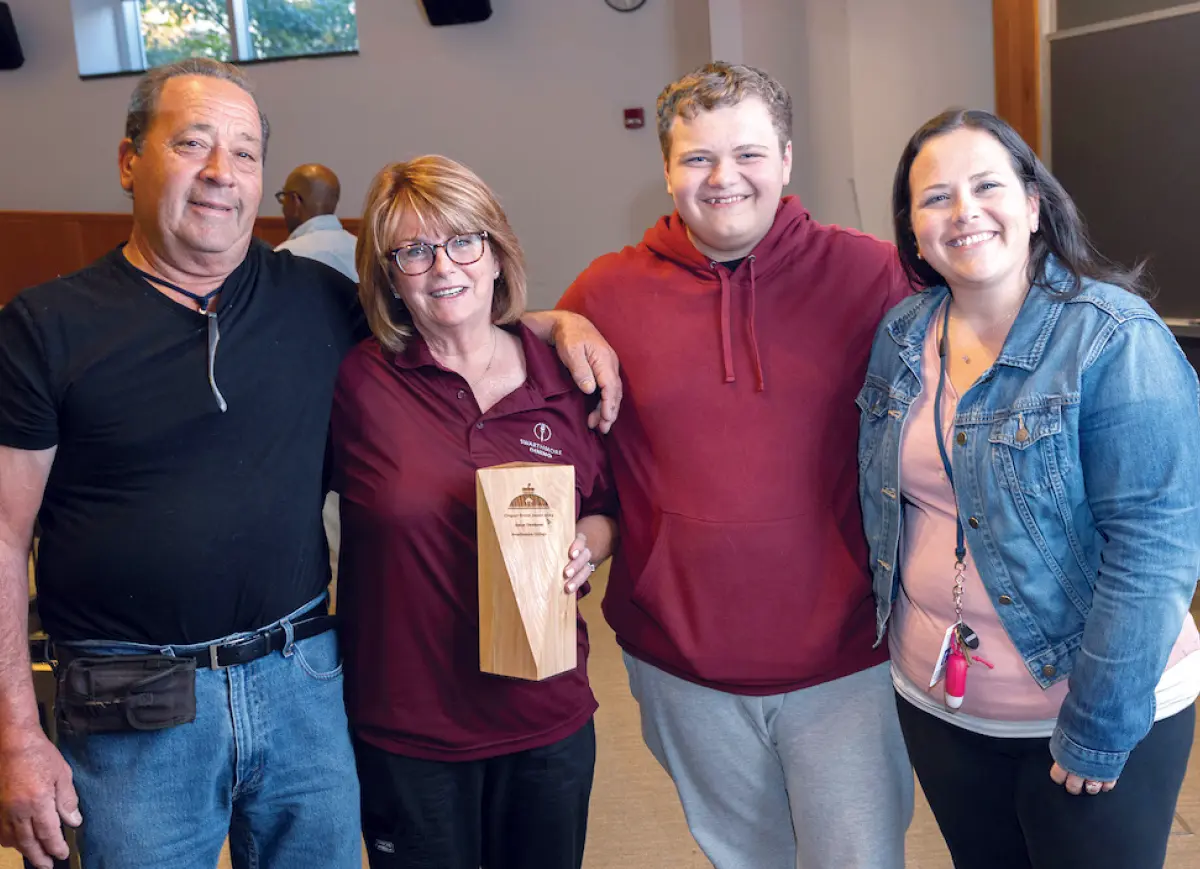
Fitting Tribute
—DOROTHY ROBINSON ’72, Branford, Conn.
Desperately Needed
—PAT CHRISTMAS ’08, Phila., Pa.
Take The Trouble
—DIANA FURCHTGOTT-ROTH ’79, Chevy Chase, Md.
More Than Just a Game
Before 1972, the year Title IX was signed into law, there was no federal statute mandating equal treatment between the sexes in education programming. That meant that colleges and universities were free to discriminate on the basis of sex, and meant that schools could designate certain activities worth investing in for male students, but not for female students. This included a lack of investment in women’s athletics. While the statute covered far more than athletics, it for the first time mandated that schools invest proportionally in programming for men and women, and has thus been the driving cultural and legal force that has led to vast growth for women in sports.
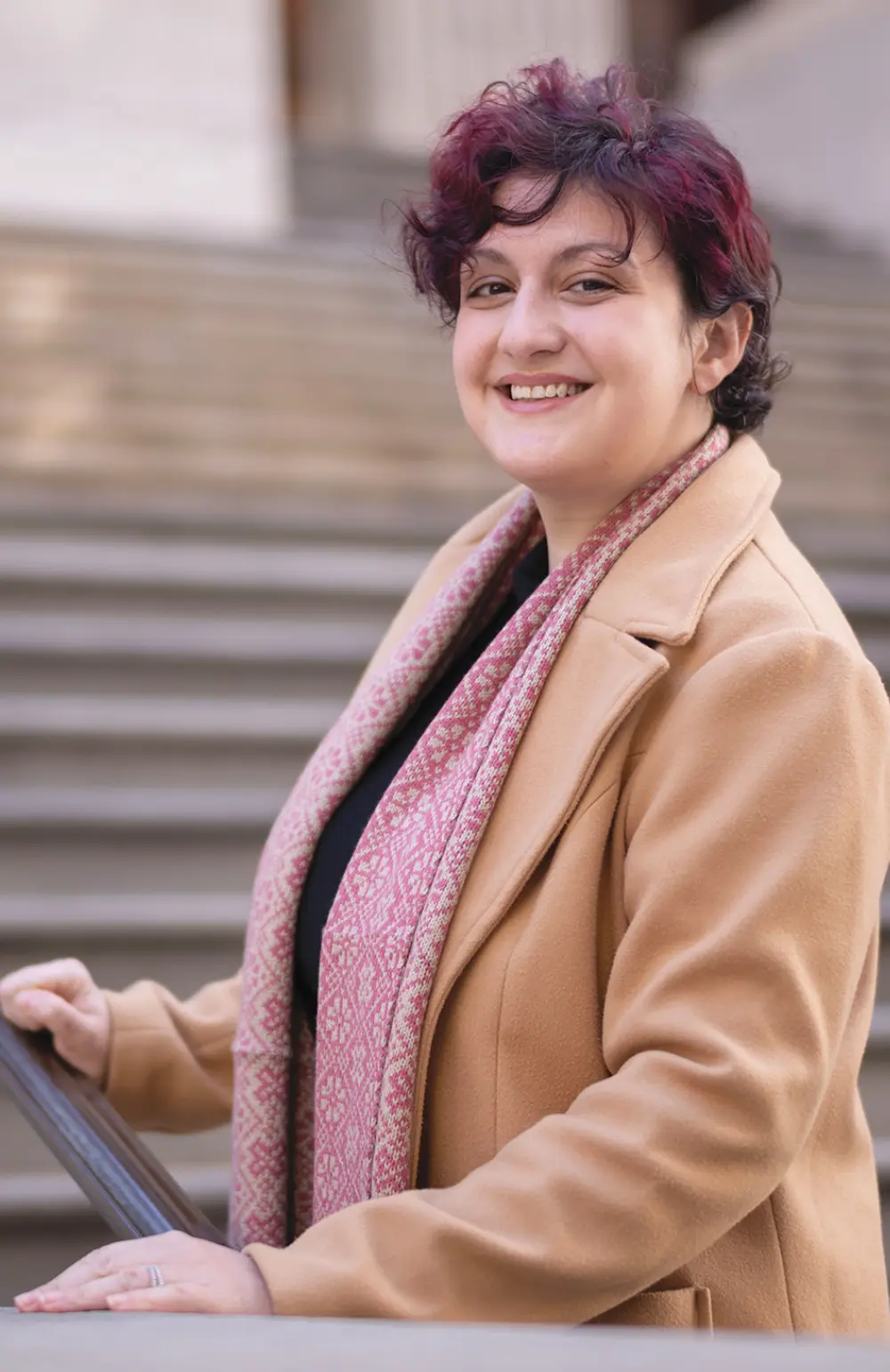
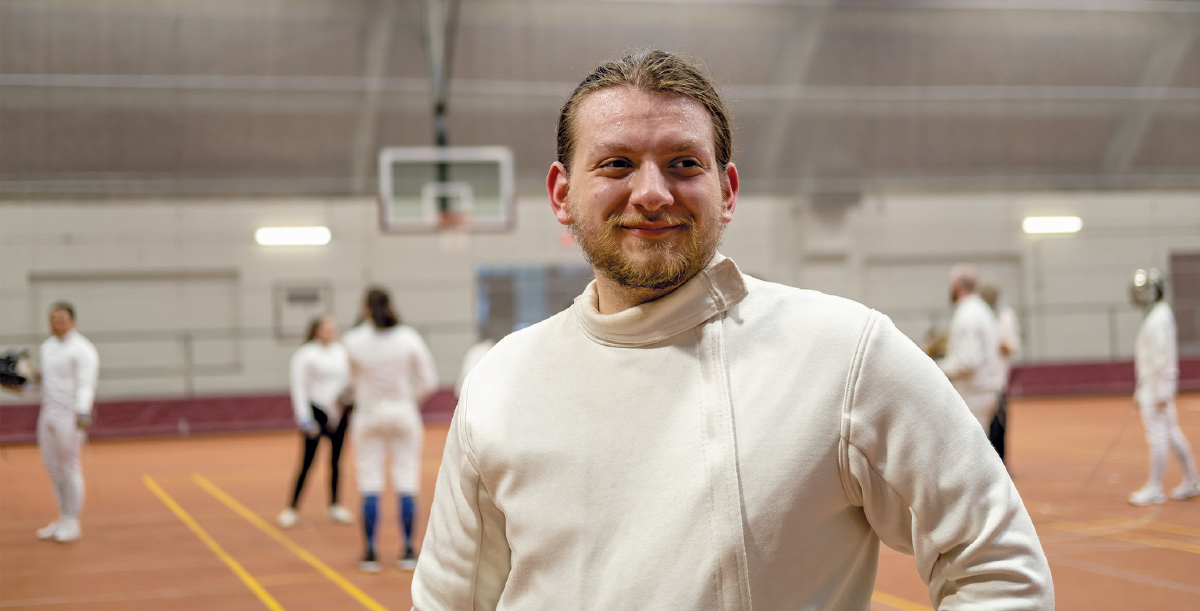
studentwise: An Emphasis on Inclusivity
At South Hamilton High School in Jewell, Iowa, there were two groups of kids: the sports kids and the arts and academics kids. Ewing fell comfortably in the latter group. At Swarthmore, he sought out a sport in which he could try something new and boost his well-being.
When Ewing came across the fencing club on the College’s website, he thought it looked “interesting and cool.” Fencing, with its rare blend of mental agility and physical demands, hooked him instantly, and has become a cornerstone to his Swarthmore experience.
Most club members, like Ewing, were newcomers. And the club’s emphasis on inclusivity helped to make it feel less intimidating.
Submit your publication for consideration: books@swarthmore.edu
HOT TYPE: New releases by Swarthmoreans
A Mirror for History: How Novels and Art Reflect the Evolution of Middle-Class America
University of Tennessee Press
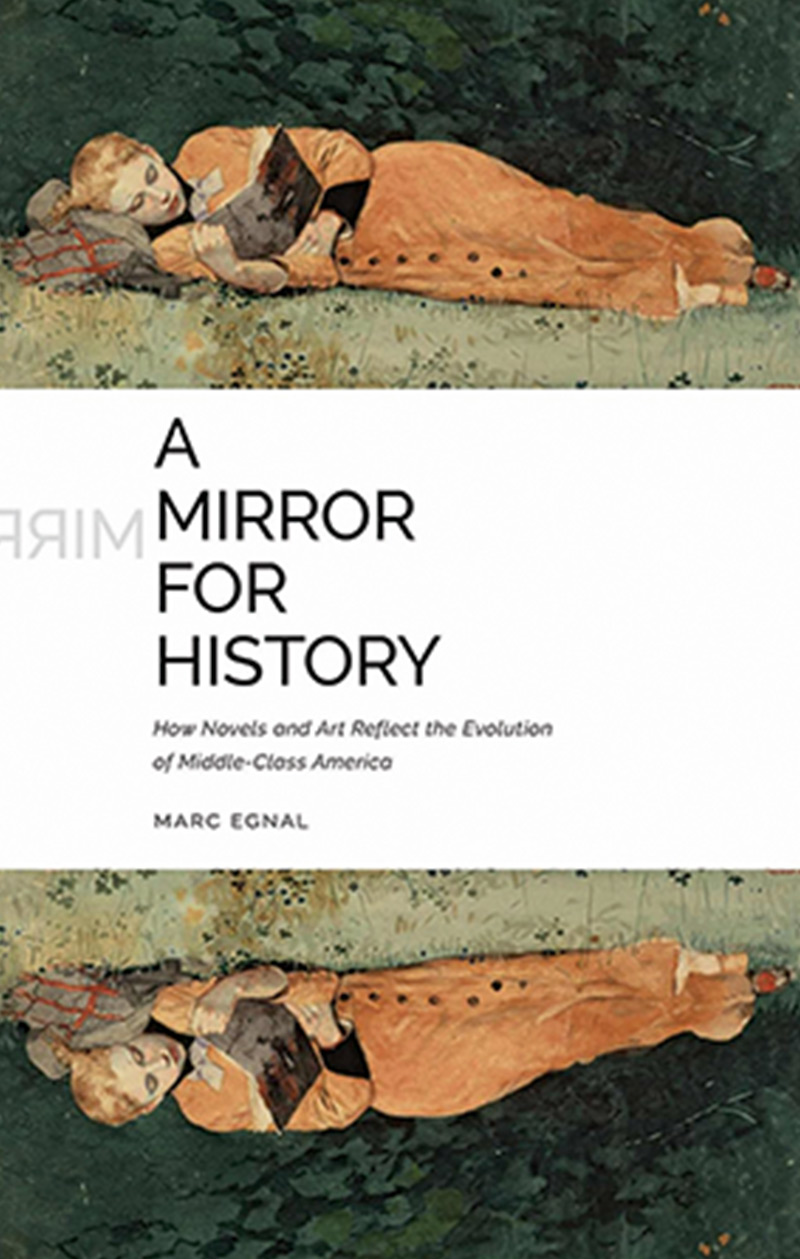
From New Christians to New Jews: Seventeenth-Century Spanish Texts in Defense of Judaism
LinguaText
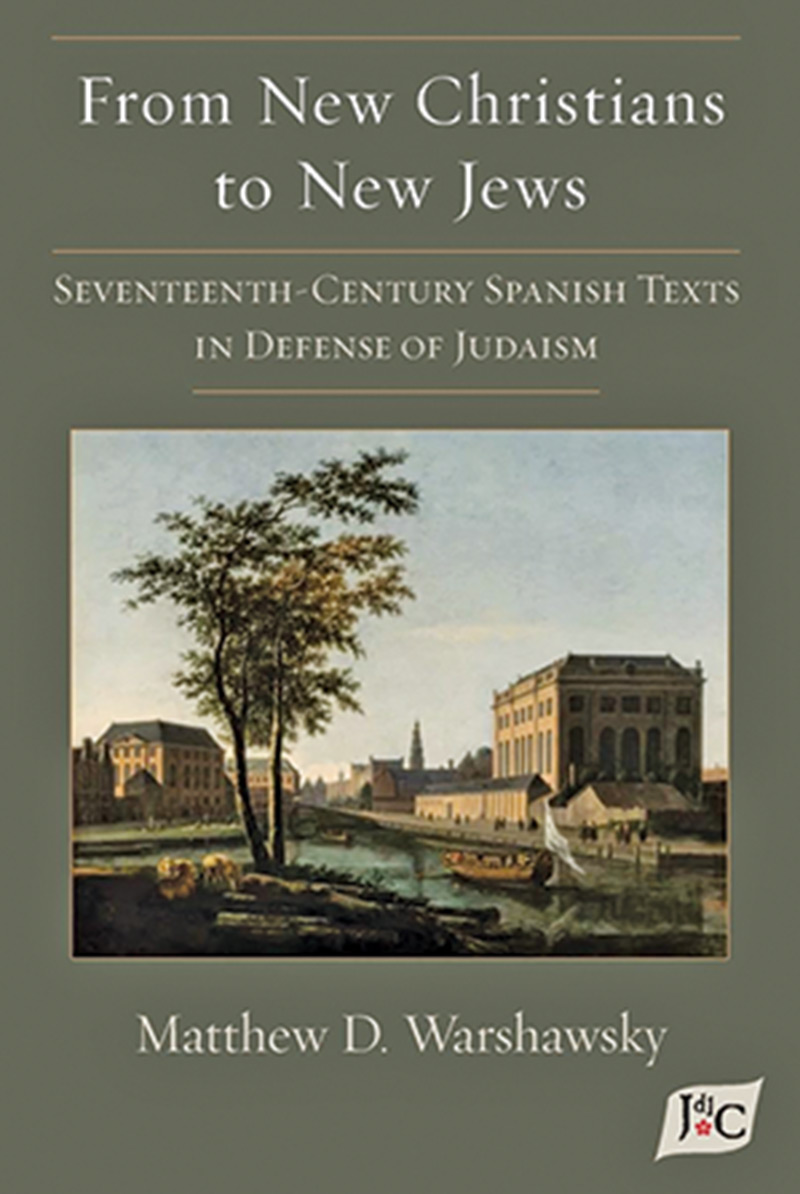
The Physics of Fitness
Between training 20 hours each week and homework for his physics major, Pollen, who was inducted into the Garnet Athletics Hall of Fame last year, couldn’t carve out much time for socializing. It was, he admits, a grueling schedule. But proving — to himself and everyone else — that life with a physical disability needn’t be an obstacle to success was more important to him than his downtime.
“I didn’t want to be disadvantaged, and I didn’t want to be different from everybody else,” says Pollen, a record-breaking freestyle swimmer who has lived without his left leg since he was a toddler. “I thought, ‘If I could just outwork everybody, then I could compete on the same level with them.’”

sharing success and stories of swarthmore
common good
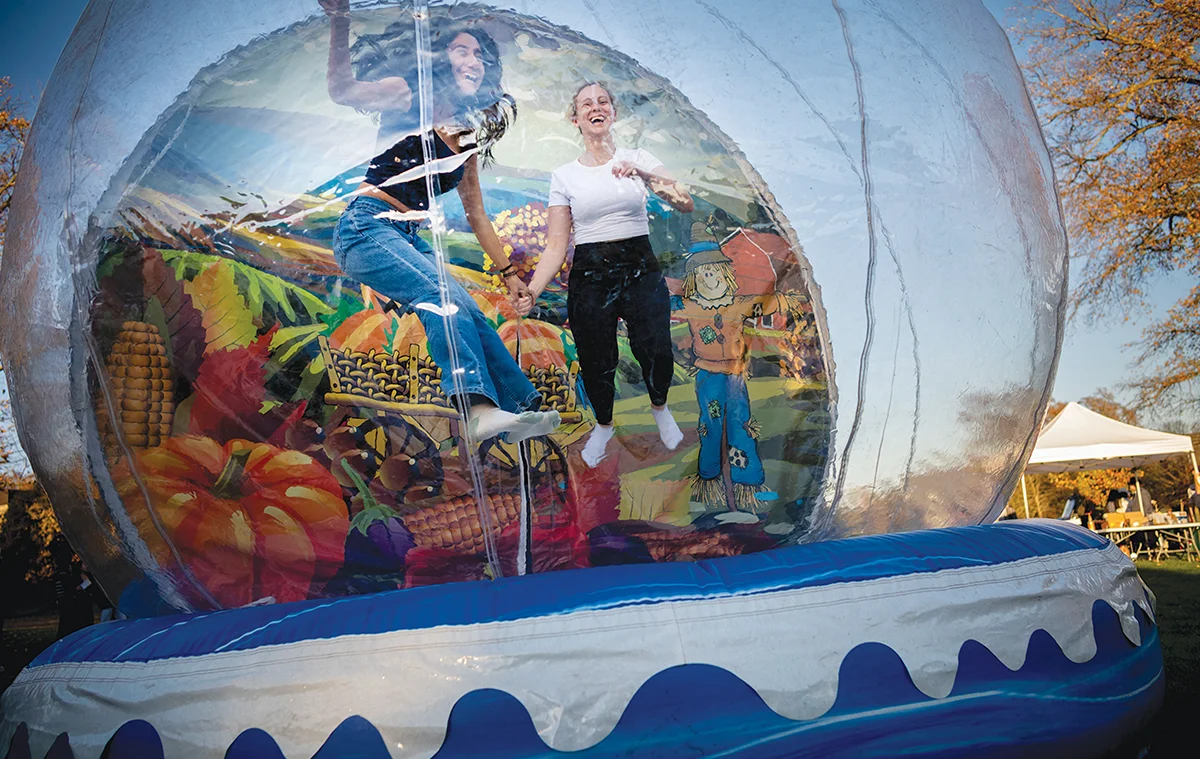
Garnet Weekend 2024
Visitors enjoyed a full schedule of events including open houses, tours, panels, affinity events and lectures.
Perennial favorites such as the Garnet Tailgate and the President’s Reception rounded out a joyful homecoming and family weekend.
The Garnet spirit continued into Saturday as student-athletes took on Haverford and Johns Hopkins in matches throughout the day.
Women’s soccer secured the No. 5 seed in the Centennial playoffs with a draw against Haverford, while men’s soccer ended their season with a dominant victory over Haverford.
More than Makeup
“We’re told not to play in the sun because we’ll get too dark, not to drink tea because it will make you dark, and that you’re not marriage material if you’re too dark,” she says.
Because of this prejudice, skin-lightening products are incredibly popular in Bangladesh (and constitute a multi-billion dollar industry globally). Nashin is working to spread a message of self-acceptance.

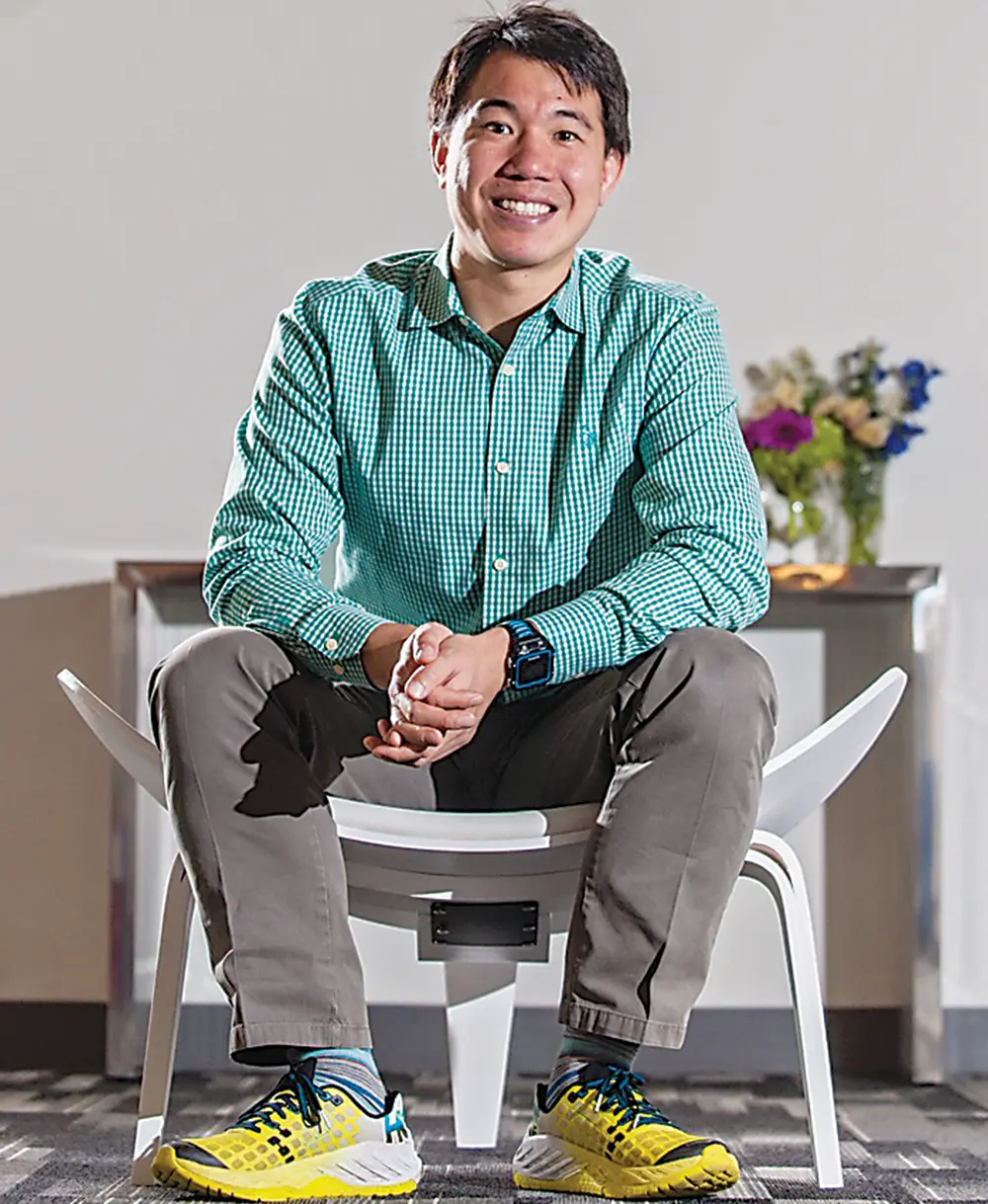
Driven to Win
“I really wanted to be a sports writer,” he says. Instead, Chan pursued the path of the entrepreneur. He earned an M.B.A. at Massachusetts Institute of Technology and has launched two start-ups, including a health care registry and a test prep company, PracticeQuiz.com, where he still serves as chairman. As a side project, he founded a coffee review website, CoffeeRoast.com, for his fellow aficionados of specialty roasts.
Chan, who makes his home in the greater Boston area with his wife and three children, also has more than a decade of consulting experience, and since 2018 has taught marketing analytics part time to students at Boston University.
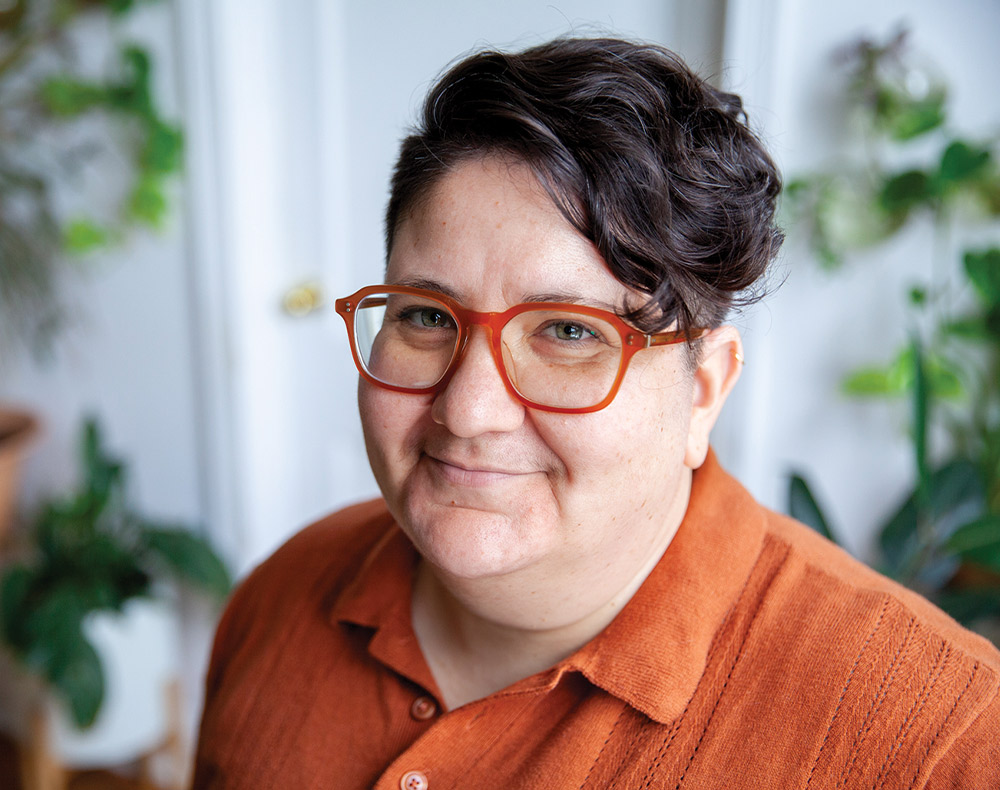
Movement Music
For the past eight years, Pérez and Bayetti Flores have been co-hosting the Latin music podcast “Radio Menea.” (Menea translates loosely from Spanish to English as “shake” or “wiggle.”)
“My people are from Cuba,” says Pérez, who grew up in North Carolina. “Vero’s from Venezuela, so we definitely have a Caribbean bias.”
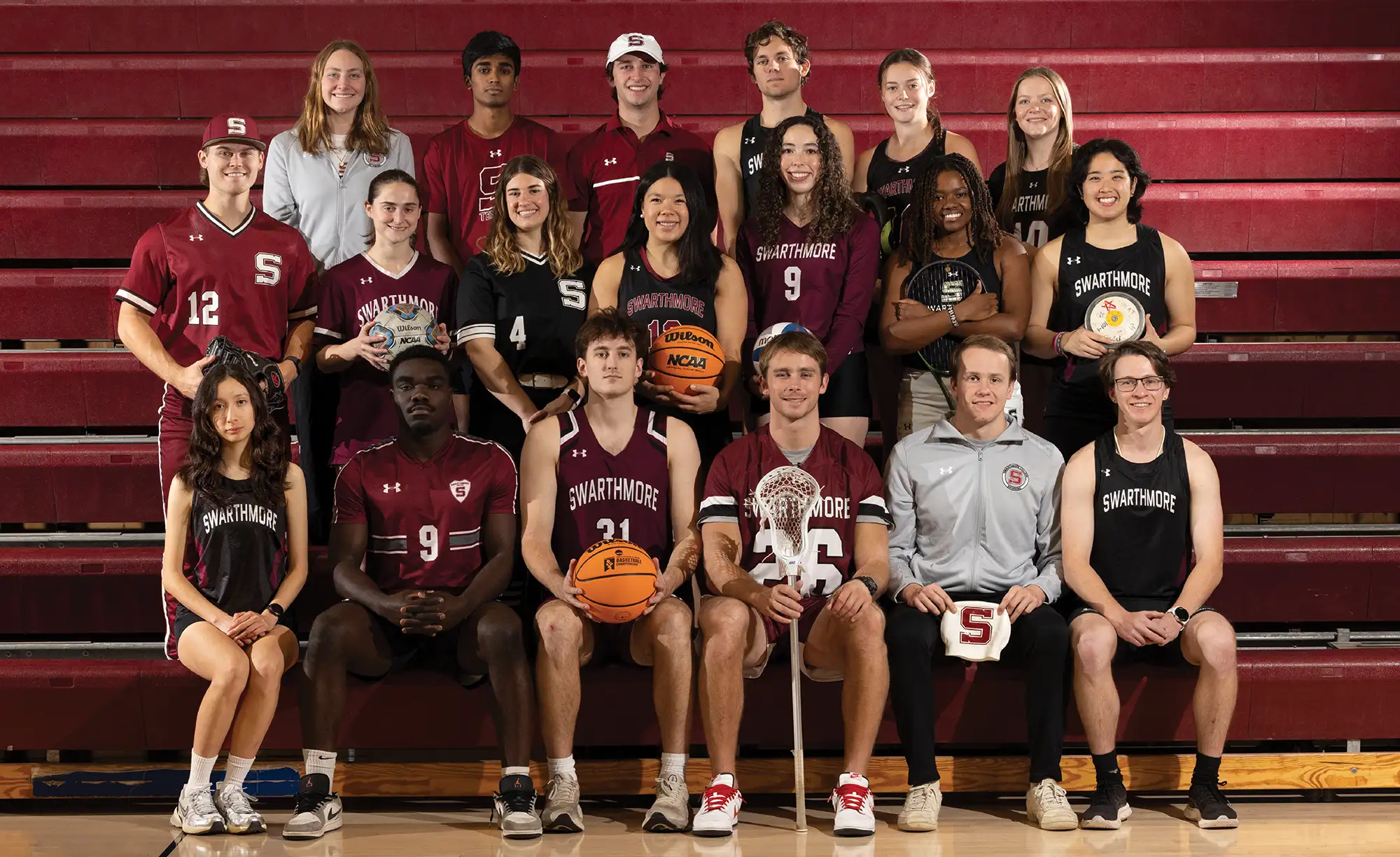
Playing to Win

Top Row (L/R): Quinn Weygandt ’26, Aadhi Raja ’27, Chad Kemmerer ’25, Joshua Leinwand ’27, Sarah Cooper ’26, Abigail Love ’25.
Middle Row (L/R): Benjamin Buchman ’25, Katie Kerman ’26, Sarah Schab ’25, Alyssa Hayashi ’25, Angelina Heminway ’26, Ruthie Njagi ’25, Tate Garcia ’26.
Front Row (L/R): Ania Wong ‘28, Joseph Eyiolowope ’26, Devin Burger ’26, Liam Halstead ’25, Sam Peterson ’26. Matthew Gutow ’25.

Despite the best efforts of the student-athlete gridders, the Garnet Tide struggled for much of my time at the College. It didn’t help that the Clothier stands typically held only a few dozen diehards, most of them seemingly family members of the players, who sat in a sea of empty bleachers offering a cheer when Swarthmore managed a first down or a score.
It seemed as if the team, and the College, were perhaps too committed to the words of William Hyde Appleton, the late 19th-century Swarthmore president, who said, “In my long experience at Swarthmore, we have always played to win, but not for the winning.”
But what made for a discouraging athletic experience ultimately contributed to a rewarding educational one, at least for me. As a student sitting in that largely empty stadium on a beautiful fall afternoon, there was nothing — not my classmates and not the game — to distract me from my art history and political science reading. I was never more productive.
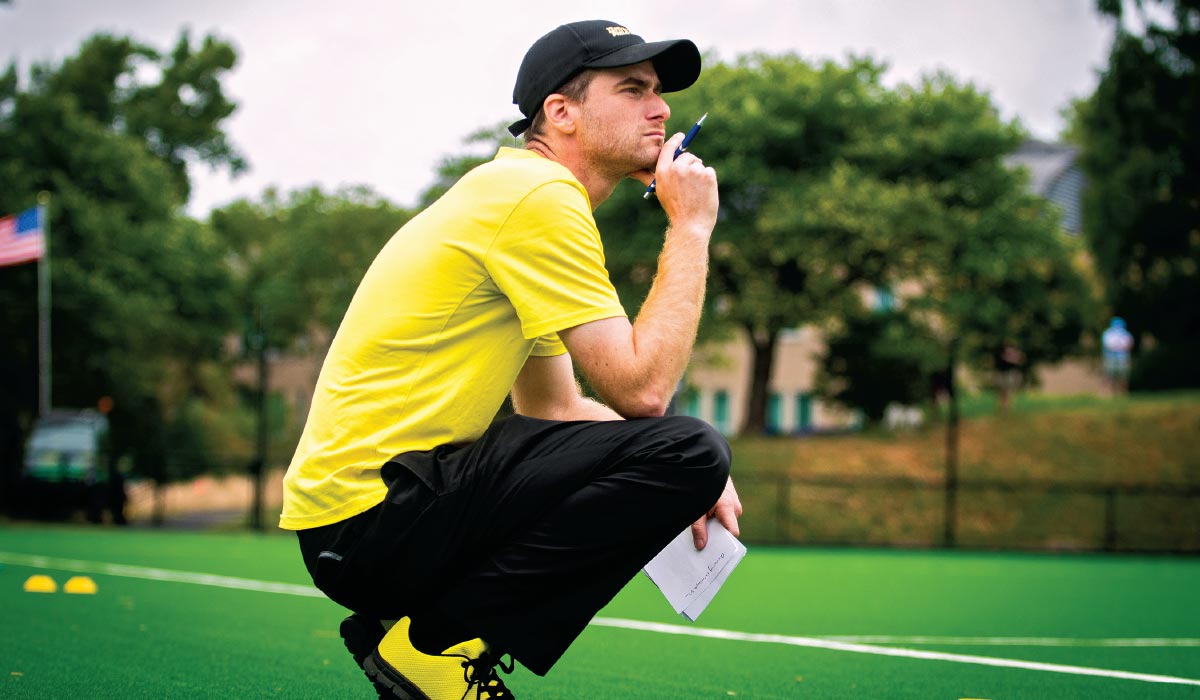
From Here To There
A Problem-solving Spirit
At Swarthmore, Athletics livestream broadcasts were in their infancy, a novel idea in the days of a single camera and ambient sound. The next iteration came when Brady assumed play-by-play commentary duties. But when technical issues threatened the first production, Brady didn’t let obstacles derail the moment. Without transportation or time to spare, he sprinted to a local Best Buy for replacement parts. Though the fix didn’t pan out, his problem-solving spirit left its mark.
Brady chose to pursue a career in the sport that has captured his attention since high school: field hockey. He started on staff at Denison University, then coached at Smith College while he earned a master’s degree in exercise science.
Building A Winning Model
n 1971, the seeds of a data revolution in sport were planted when an enterprising group of baseball enthusiasts with access to early desktop computers (and the occasional mainframe) founded the Society for American Baseball Research (SABR).
Soon, baseball analysts like Bill James were mining hidden statistical gems and surfacing new insights about the game. Sabermetrics, as the approach was dubbed, became indispensable after 2002, the year General Manager Billy Beane used sabermetrics to build a low-budget Oakland Athletics squad that could compete with big-money franchises. That team, whose story was told most famously in the Michael Lewis book and subsequent Hollywood hit Moneyball, won 103 games that season, including an astonishing 20 in a row, all with a payroll smaller than the cost of the feature film that recounted its exploits.
Baseball has always abounded in statistics. Newspapers were featuring rudimentary box scores by the 1870s; data on runs, hits, batting averages, and earned runs has piled up for more than a century and a half. But it was the advent of the modern, accessible computer that gave baseball boffins the means to exploit the information fully.
“I have the best job in the world,” declares firefighter Claire O’Brien ’18. She was hired by the Renton Regional Fire Authority outside of Seattle in 2021.
Perils
and
Privilege
Med-school bound, Claire O’Brien ’18 felt a call to serve as a firefighter. The change in career plans led to her dream job.
photos by Katie Lewis
ou never get over the feeling of riding around in that shiny red truck,” says firefighter Claire O’Brien ’18. But it’s not all smiling and waving and handing out stickers to children. With all of the attendant challenges and perils, O’Brien loves being able to put her training into action to help people “on their worst day.”
Over 200 years have passed since Molly Williams, the first female firefighter (and also the first documented Black firefighter in the U.S.), made history. She proved the capacity of her gender by single-handedly pulling a pumper through the streets of Lower Manhattan in a blizzard to save lives and property when the rest of her crew had succumbed to influenza. But female firefighters are still few and far between.
Time Travel and the Magic of the Shared Experience
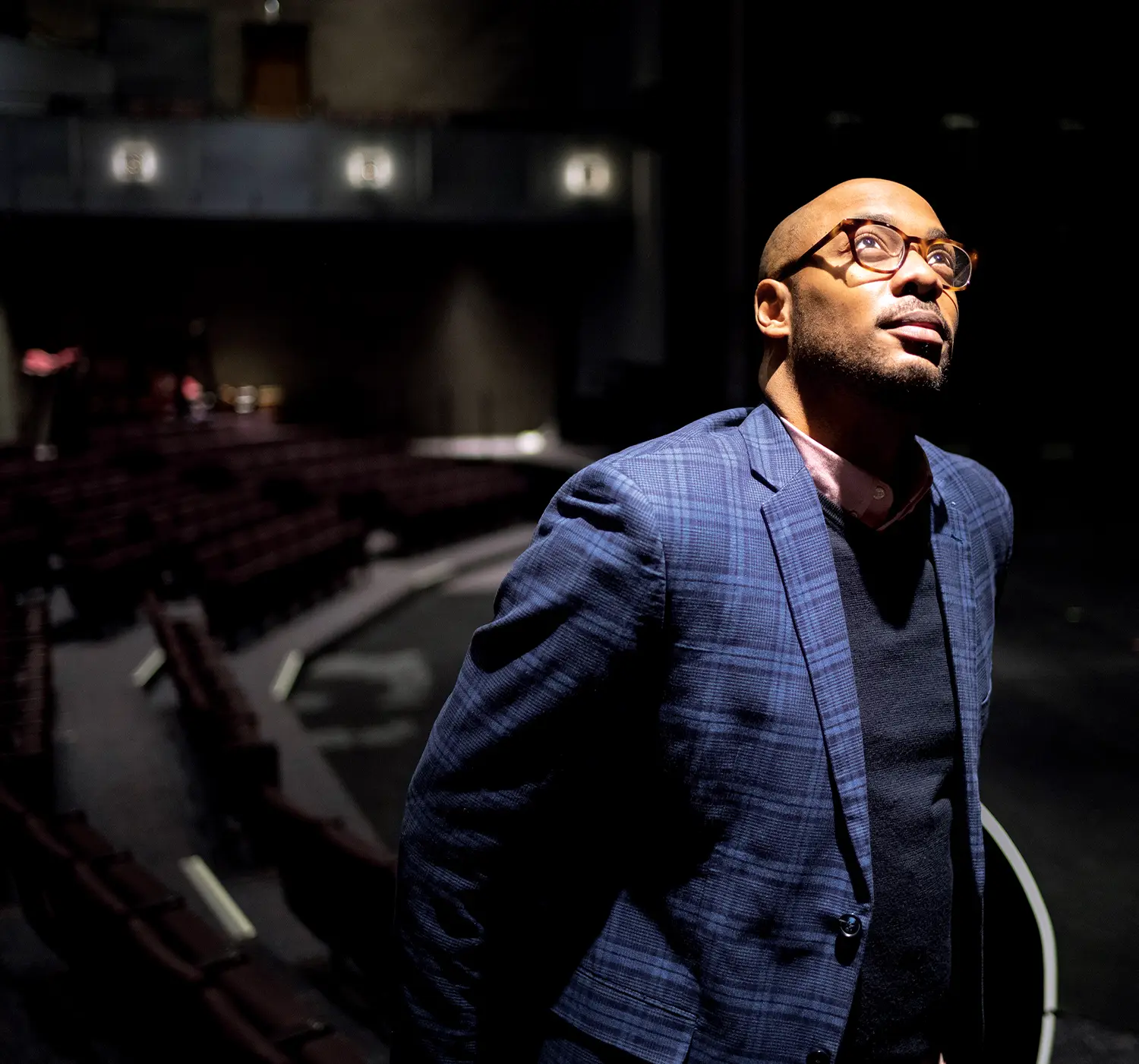
laurence kesterson
“When students are talking in the back of the room, or they’re not listening, I have to let them know that I’m a live, performing body,” says Wooden, an assistant professor of theater who joined Swarthmore in 2022. They need to know that “their reactions are shaping my performance and they are transforming what’s happening in front of them.”
It’s “the magic of the shared experience,” he says, and it’s what makes theater distinct from mediums like film. Theater can enable transformative encounters.
“You are gathering people together, and for a moment, you are trying to create possibilities for folks to experience another kind of life,” he says. “A different set of possibilities.”
A Framework to Understand the World
Nobel Laureate John Hopfield ’54, H’92 on Role of Liberal Arts Foundation in Groundbreaking Research
Hopfield’s academic career and life experience have been marked by his pursuit of answers to questions and solutions to puzzles, by his breadth of work and depth of focus. He reflected on his view of the odds of winning a Nobel Prize, as well as the experience of the past three weeks after receiving the honor. “I’m having great difficulty getting my arms around becoming the Nobel Prize winner for physics. It just seems so unlikely.”
Hopfield recalled, upon opening his email inbox, that he had received hundreds of congratulatory messages. “I had never seen that many emails before in my life … And it was clear that this unlikely event had happened … And life has not been the same since. It’s been wonderful.”
Princeton University, Matt Raspanti
“ I didn’t want physics as empty intellectual instruction. I wanted to do some things which were actually useful. … I had always been interested in how things worked. So utility was part of my game.”
“ I didn’t want physics as empty intellectual instruction. I wanted to do some things which were actually useful. … I had always been interested in how things worked. So utility was part of my game.”
A Framework to Understand the World
Nobel Laureate John Hopfield ’54, H’92 on Role of Liberal Arts Foundation in Groundbreaking Research
Hopfield’s academic career and life experience have been marked by his pursuit of answers to questions and solutions to puzzles, by his breadth of work and depth of focus. He reflected on his view of the odds of winning a Nobel Prize, as well as the experience of the past three weeks after receiving the honor. “I’m having great difficulty getting my arms around becoming the Nobel Prize winner for physics. It just seems so unlikely.”
Hopfield recalled, upon opening his email inbox, that he had received hundreds of congratulatory messages. “I had never seen that many emails before in my life … And it was clear that this unlikely event had happened … And life has not been the same since. It’s been wonderful.”
class notes
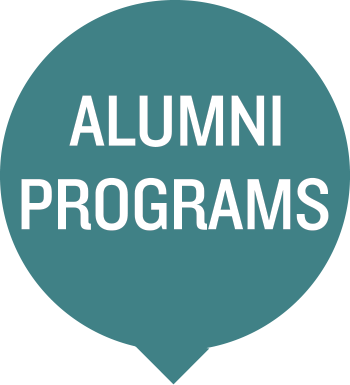
Chicago
Wednesday, April 2
Connect with fellow alumni and families in Chicagoland for a reception and College update. Learn more and register at swarthmore.edu/AlumniEvents.
Alumni Weekend 2025
May 30–June 1
Class years ending in 0 and 5, get ready to celebrate your next milestone reunion! The Class of 1975 is invited back a day early, May 29, to mark your 50th reunion. Registration will open in mid-March.
swarthmore.edu/AlumniWeekend.
Update your email!
Want to ensure you receive invitations to events in your region? Share recent address updates with: records@swarthmore.edu
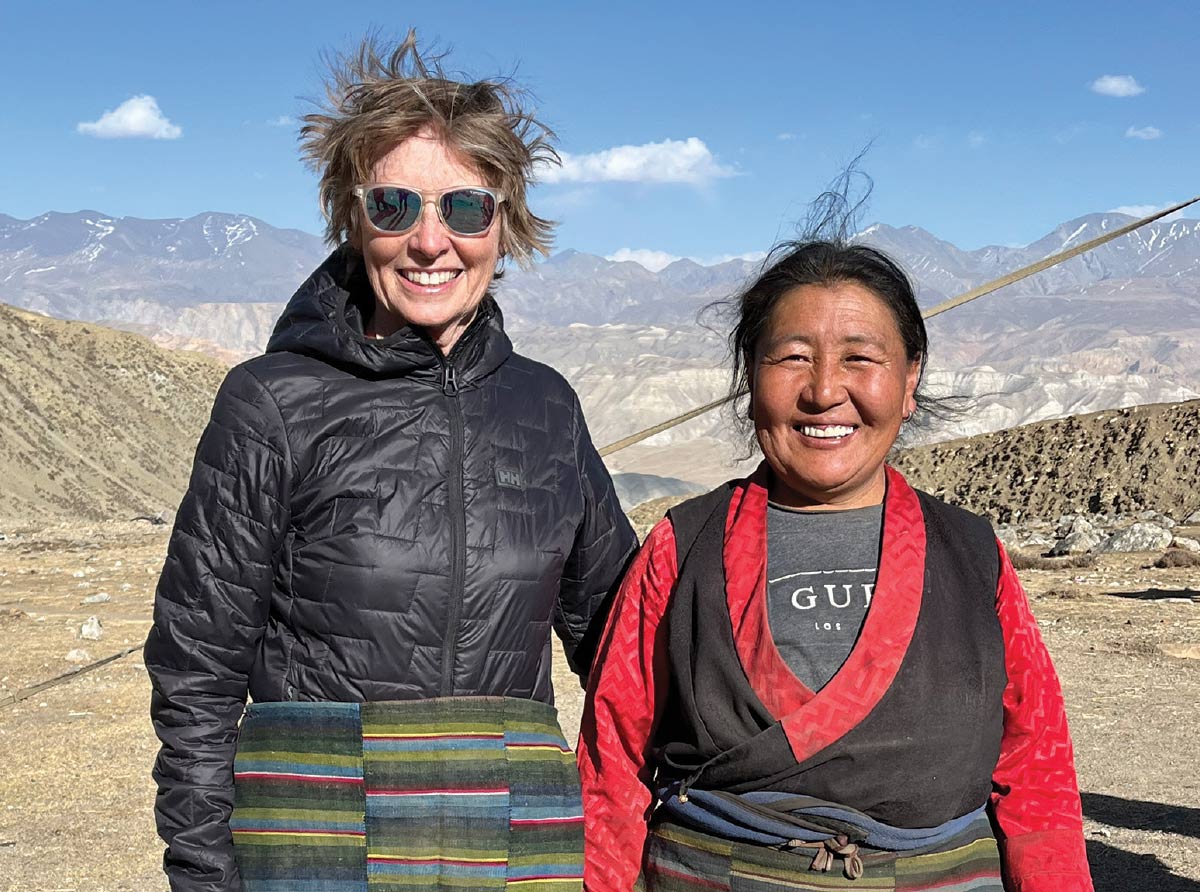
Your support makes a Swarthmore education extraordinary and accessible.
Your support makes a Swarthmore education extraordinary and accessible.
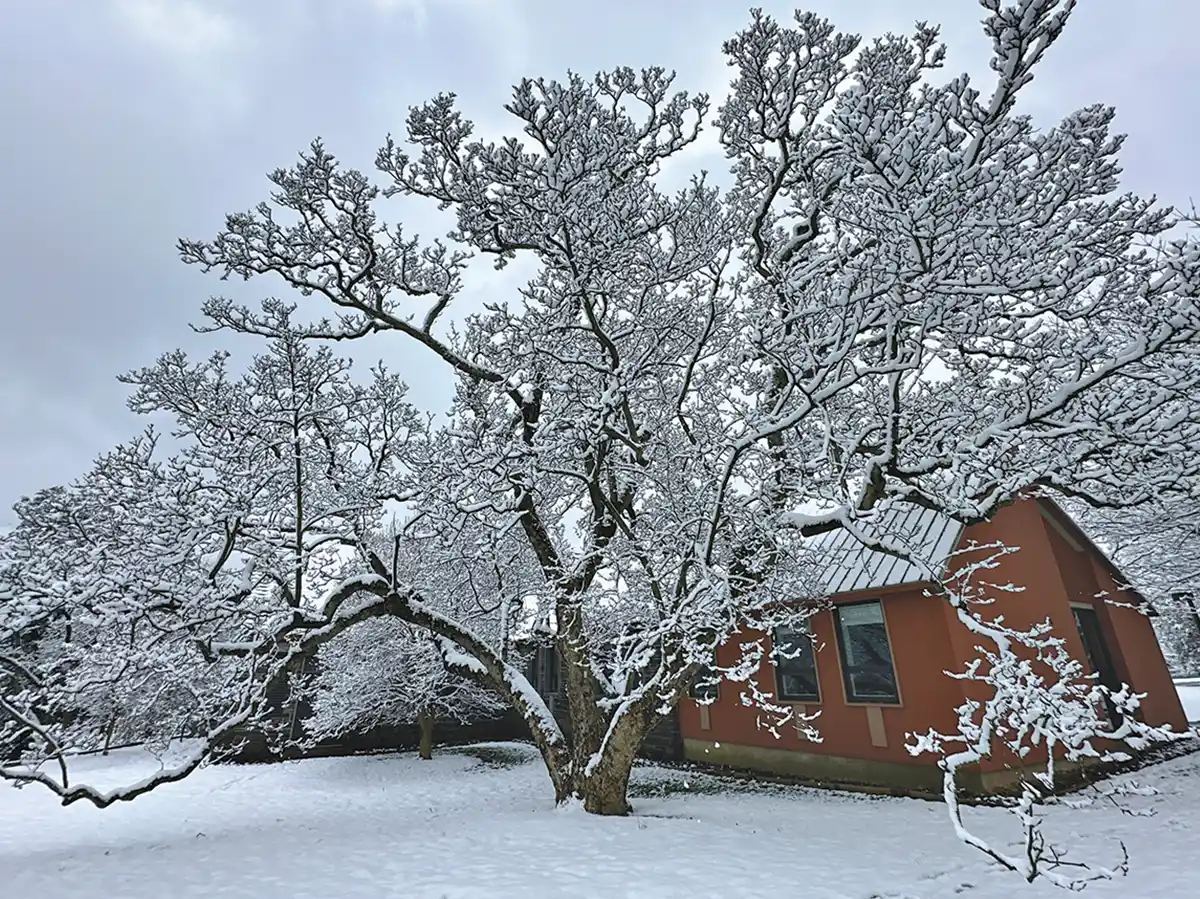
their light lives on
-
William “Bill” R. Halliday ’46
Bill, a medical doctor and spelunker, died Sept. 24, 2024.
He attended the College, earned his M.D. from George Washington University medical school, and was an officer in the Navy. From 1957-65, Bill was a thoracic surgeon in Seattle, then served as chief medical consultant and medical director at Washington state’s Department of Labor and Industries and medical director for its Division of Vocational Rehabilitation. Outside medicine, he was passionate about speleology, published on the subject, and worked with the National Speleological Society and the Hawaii Speleological Survey.
-
Susan Corson Beebe ’47
Susan, whose family can be traced in the U.S. to 1685, died Aug. 25, 2024.
She attended the College where she met husband George ’46. Susan was a member of Norristown Friends Meeting and the Militia Hill chapter of The Questers, past president of the Norristown Garden Club and the Pi Alpha Civic & Social Sorority, a board member of the Montgomery Hospital Auxiliary, and a volunteer with St. John’s Episcopal Soup Kitchen. One of her many Pennsylvania ancestors had a home that served as a stop on the Underground Railroad.
-
 Mary Stewart Trageser ’43
Mary Stewart Trageser ’43Mary, an avid traveler, reader, and volunteer, who was 102, died Aug. 29, 2024.
She earned a bachelor’s in English literature at the College, and worked for the Office of Strategic Services in Washington, D.C., and in London and in the Secretary of State’s Office with the Marshall Plan in Paris for Ambassador W. Averell Harriman. Mary married, raised four children, and worked at the Wayland [Mass.] Public Library beginning in 1965. She volunteered for the library after her retirement and in the First Parish Unitarian Church archives and for its annual rummage sale.
-
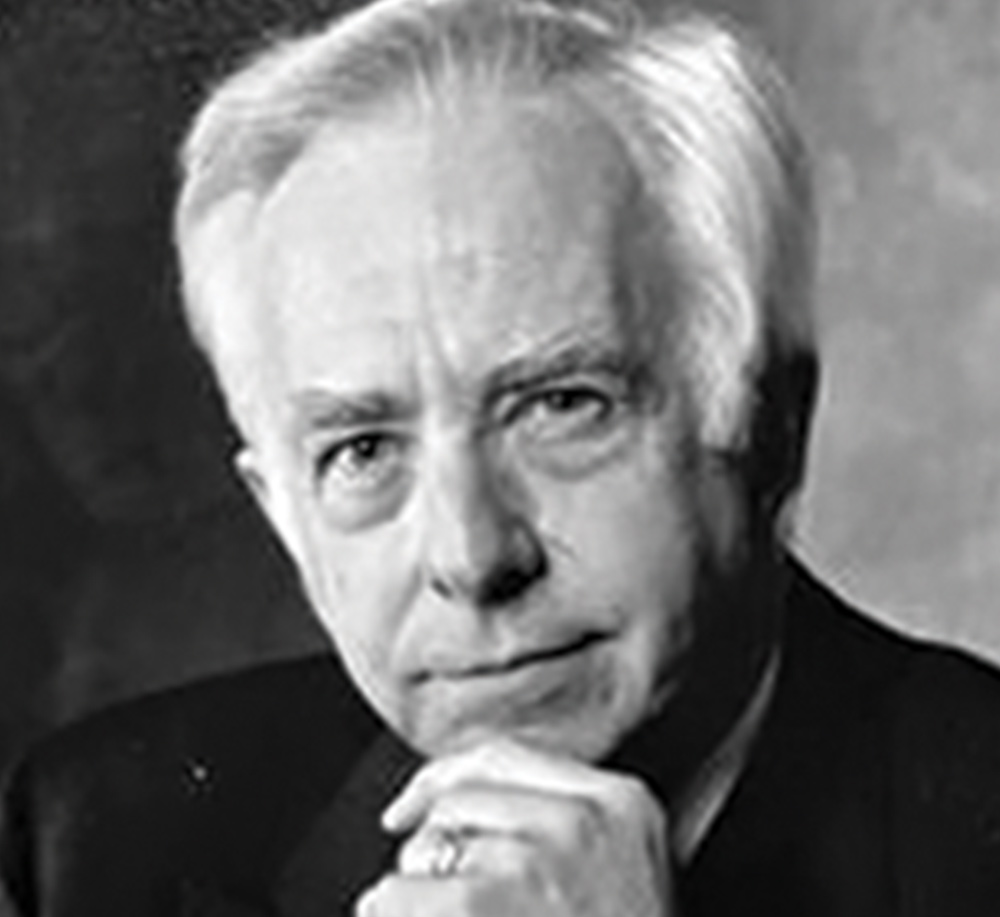 Roy W. Menninger ’47
Roy W. Menninger ’47Roy, a psychiatrist from the family who founded the Menninger Clinic, died Oct. 24, 2024.
He earned his bachelor’s in biology at the College and an M.D. at Cornell University, served his residency at Boston State Hospital and Boston Psychiatric Hospital, and completed his training at Peter Bent Brigham Hospital. In the late 1950s, Roy and other physicians led a peace walk that was formalized into Physicians for Social Responsibility. He assumed leadership of the Menninger Foundation in 1967, stepping down in 1993 but continuing to serve as chairman of the trustees until 2003 when the foundation dissolved and the clinic moved to Baylor College of Medicine in Houston.
-
Cloyde L. Fausnaugh ’47
Cloyde, a thoracic and vascular surgeon, died Aug. 25, 2024.
He earned his bachelor’s in biology at the College and his M.D. at the University of Pennsylvania, and served in both WWII and the Korean War, including as a surgeon for a MASH unit. After the military, Cloyde had a career as a general, thoracic, and vascular surgeon; was a founding partner of Surgical Associates in Winter Park, Fla.; was the chief of surgery for the former Winter Park Memorial Hospital; and was published in medical journals. He was a member of the Royal Society of Medicine, London, and a fellow of the Southeastern Surgical Congress and the American College of Surgeons.
-
Marian Ham Van Soest ’48
Marian, an accomplished watercolorist, died Nov. 1, 2024.
She earned a bachelor’s with Honors in English literature at the College and a master’s in design at Cornell University, taught at the National Cathedral School, and married and started a family before moving to Ithaca, N.Y., in 1968. In the ’80s and early ’90s, Marian worked for Suicide Prevention and Crisis Services of Tompkins County, eventually becoming its director, and evolved into an accomplished watercolorist who was a member of the State of the Art Gallery, where she showed her work for more than 20 years.
-
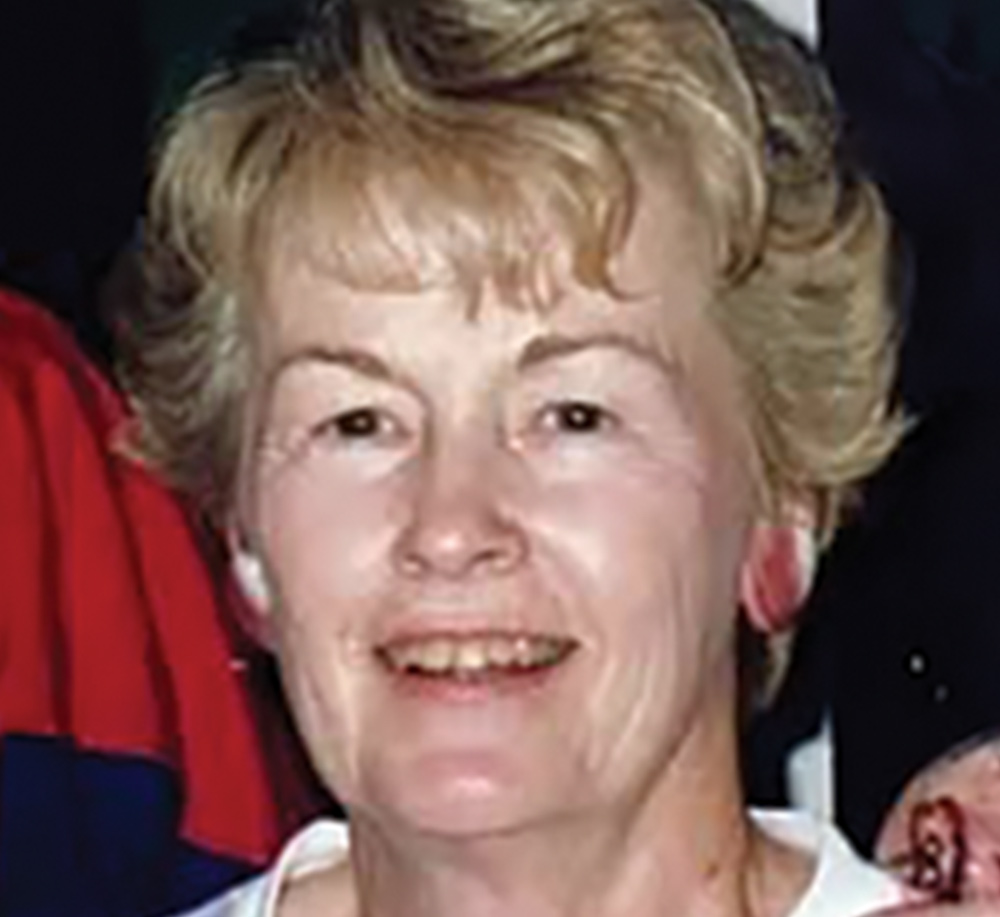 Elizabeth “Liz” Crawford Uhlman ’47
Elizabeth “Liz” Crawford Uhlman ’47Liz, a Bowling Green community volunteer, died Oct. 9, 2024.
She earned her bachelor’s in psychology at the College and taught in Toledo, Ohio, before marrying. Living in Bowling Green, Ohio, Liz was a member of the Children Conservation League and Sorosis; served on various health boards; and volunteered with additional organizations. Through Bowling Green State University, she hosted many international students, and at her church, she taught Sunday school and vacation Bible school, sang in the choir, and served as an elder, among other acts of service.

A Legacy of Grit and Glory: Swarthmore College Football
In the late 19th and early 20th centuries, Swarthmore football rose to prominence under the leadership of coaches like George H. Brooke, whose tenure from 1892 to 1909 brought the Garnet numerous victories over regional powerhouses.The team became known for both careful preparation and bold tactics, earning respect across the Eastern Seaboard.
A giant of that era was Robert “Tiny” Maxwell, who earned football All-America honors after leading the Garnet to a 7–1 record in 1905. He left Swarthmore the following year to play professional football, but wore his Swarthmore jersey for all team pictures during his pro career. The prestigious Maxwell Award, given every year to the best player in college football, is named after him.
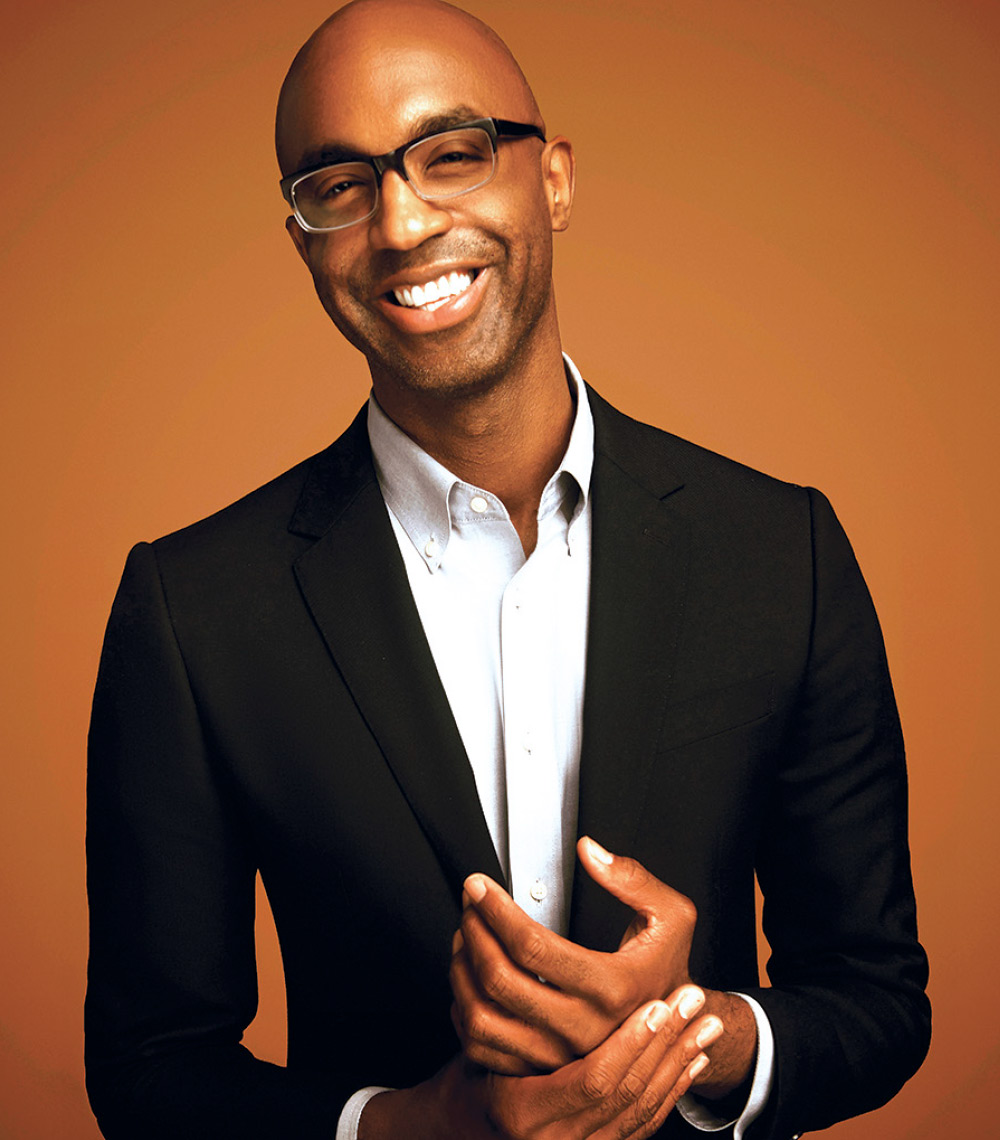
A Historical Moment
Why is this transition significant for Black Studies at Swarthmore?
Department status strengthens our foundation for growth. It will provide greater governance over our curriculum, leading to more coherence for students. It also allows us to compete for tenure-track faculty positions. In the past, our faculty had primary appointments in other departments and were essentially volunteering their time to Black Studies — a lovely demonstration of their commitment to Black Studies at the College. With more faculty dedicated to Black Studies, we can enhance our programming, course offerings, and experiential learning opportunities. The milestone also aligns with broader trends in academia: Institutions like the University of Chicago and Northwestern recently underwent similar transitions.
What are your hopes for the department?
It feels like the beginning of a new era, and we really want to harness the moment. We strive to have tailored opportunities for students, offering a rigorous and coherent curriculum to address the pressing questions of our time.

I Think I’ll Go For a Walk Outside Now
Dalton Mwangi ’28 and Esmaeil Alhaj Mostafa Abdan ’28 take a stroll in a January snowfall with different approaches to dressing for warmth.

I Think I’ll Go For a Walk Outside Now
Dalton Mwangi ’28 and Esmaeil Alhaj Mostafa Abdan ’28 take a stroll in a January snowfall with different approaches to dressing for warmth.
